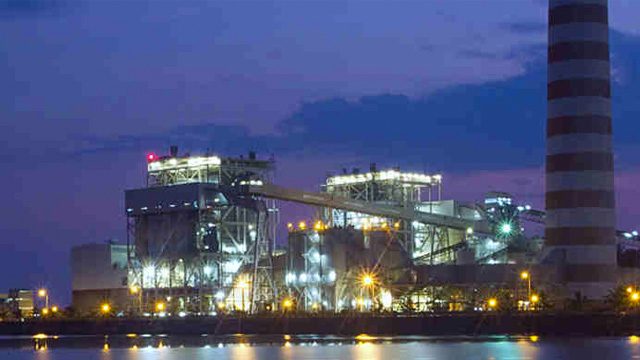SUMMARY
This is AI generated summarization, which may have errors. For context, always refer to the full article.

MANILA, Philippines – At the end of the day, consumers are looking for reliable, dependable and competitively priced power, and the best way to provide that right now is coal.
Frank Thiel, Managing Director of Quezon Power (Philippines) Limited Company (Quezon Power), made the statement in an energy discussion at the Euromoney Philippine Investment Forum on Tuesday, March 24,
“Coal is one of the most abundant resources, and can offer the most competitively priced power so we build predominantly coal plants,” said Thiel, a member of a panel discussing the energy sector at the forum.
He said the Philippines is not blessed with abundant energy resources, and only has the Malampaya gas field which is feared to run out around 2024.
Total and other oil firms have searched other fields around the country and have not found anything, Thiel emphasized.
“There’s only one coal field in the country as well so we have to import. But because it is an abundant fuel source globally, it’s cheaper,” Thiel said.
Apart from being dependable and cheaper, modern coal plants burn less coal to produce power than a lot of older plants, thus making them more environmentally-friendly than most people suspect, Thiel added.
FIT scheme not ‘investor-friendly’
The trade-off is between price and cleanliness, said Donna Gonzales, senior investment officer at International Finance Corporation (IFC).
Coal can be the cheapest but the dirtiest. You need the right energy mix to meet the energy needs of the country, Gonzales said.
She added that renewable energy presents a considerable risk for investors because of the way the feed-in-tariff (FIT) is designed.
The government is banking on the FIT system to promote the use of renewable energy (RE) on a larger scale and to attract new investments for RE facilities.
But the FIT scheme makes investors think twice in terms of project financing because it is only awarded once a project is completed with no guarantees during development, she explained.
“We won’t put all of our eggs in in one basket in a new industry so we believe in an energy mix. The private sector determines that mix through investors,” she said.
It is essentially a race for energy developers to complete project in time to qualify for the FIT allocations which are set at a much higher rate than regular generation charge, she added.
Approved by the Energy Regulatory Commission in July 2012, the FIT rate in the Philippines is considered to be one of the lowest in the world, the government said.
The regular cost of energy generation for coal per kilowatt is around P4 ($0.09). The guaranteed FIT rate for solar power is set at P9.68 ($0.22), while wind is around P8 ($0.18), said Energy Undersectary Zenaida Monsada.
Monsada acknowledged that FIT can be a setback for investors and confirmed ongoing discussions to change the rate.
“The FIT rate is assured for 20 years when awarded so the government is being very careful because of the impact it may have on consumers,” Monsada said.
Earlier this month, an economic advocacy group challenged the FIT rate through a petition before the Supreme Court. – Rappler.com
US$1 = P 44.71
Add a comment
How does this make you feel?
There are no comments yet. Add your comment to start the conversation.